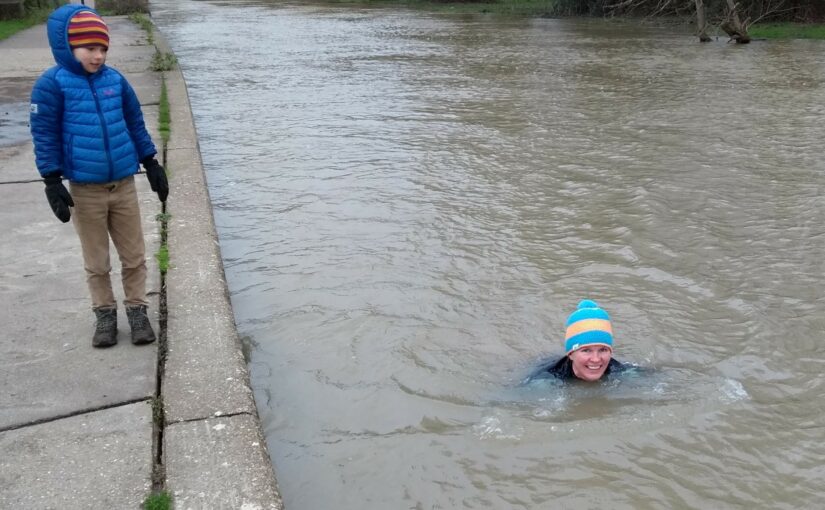The Cam from Grantchester to Cambridge: A much loved river in need of our care.
This report is an appreciation of the River Cam from Grantchester to Cambridge, outlining the threats it faces and the context and importance of the river. It illustrates the entire 2.8 miles length of the “upper river”, from Byrons Pool to Kings Mill Weir in Cambridge, and may provide a better understanding of the river’s rich history and precious ecology. It is hoped that it may motivate more people to want to protect it from damage, now and in the future.
This is first of the documents that has been prepared as part of Cam Valley Forum’s “Cam Safer Swim Initiative” (CSSI) If you would like to commment on the report, or get involved in our work to make the Cam safer for swimming, contact cssi@camvalleyforum.uk









